The Essentials of Reheating Food Temperature
Introduction to Reheating Food Temperature
Just as it is important to cook meals at the right temperature, it is critical that food is properly reheated as well. Using the wrong techniques or incorrect temperature can result in an unappetizing meal. It can also lead to food poisoning because bacteria are prone to forming on foods that are within the temperature danger zone of 40F-140F. By understanding the key components to reheating food temperature, individuals can ensure their leftovers are safe to eat.
The Essentials of Reheating Food and Their Temperature
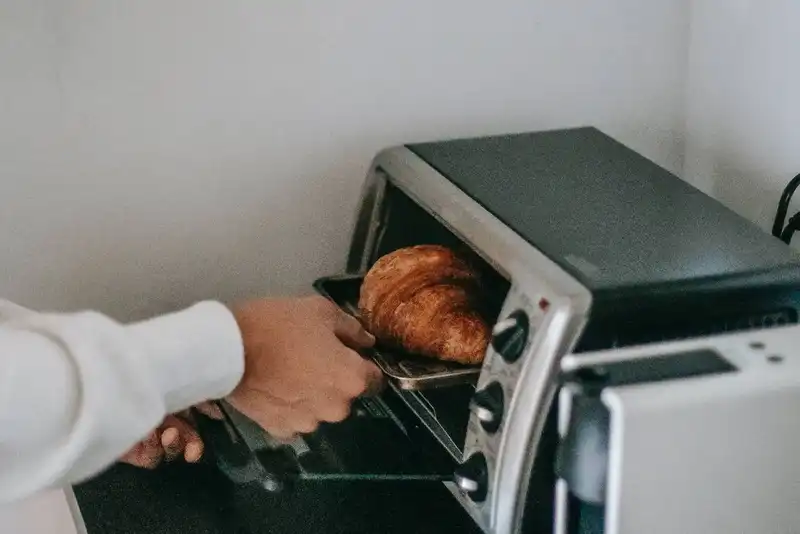
Reheating food refers to putting leftovers in the microwave or on a heat source to raise its internal temperature. Doing so ensures that bacteria are eliminated from the meal and that it is ready-to-eat. According to the World Health Organization (WHO), 600 million, or 1 in 10 people, around the world get sick from contaminated foods each year. Therefore, it should be standard practice to follow food safety rules regarding reheating. To guarantee that cooked foods are properly reheated, individuals should consider the following best practices.
Use the Right Temperature
When reheating foods, their internal temperature must reach 165F. It should remain at this temperature for at least 2 minutes so that any pathogens or germs are eliminated.
Reheat Foods Once
It is recommended that people reheat their leftover foods only one time. This is because putting dishes into a heating source repeatedly will increase the chances of a foodborne illness. It will also reduce the nutritional value of the food and can bring down its natural flavors.
Reheat Thoroughly
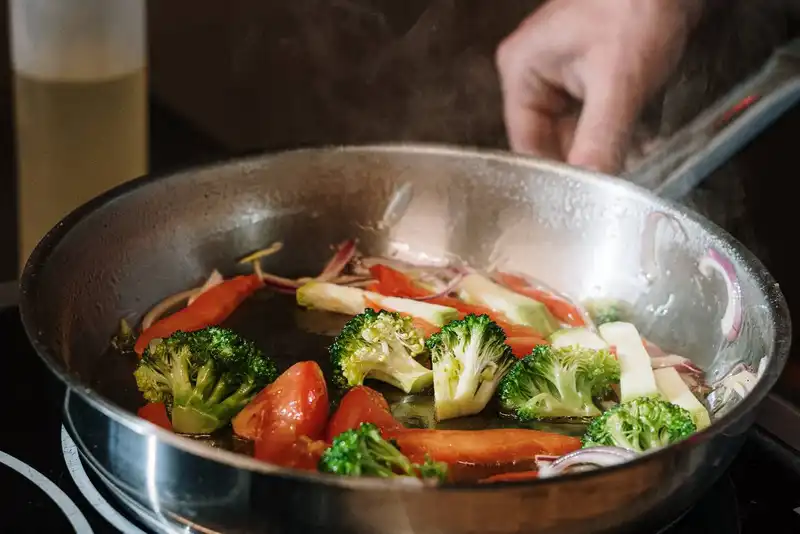
Foods should be heated thoroughly, and not simply warmed up. One way to make sure the dish's internal temperature is high is to check for steam. Using precaution, the food should be served immediately. This will help delay any cooling time, at which harmful bacteria is more likely to grow and spread.
Preheat Appliances
Preheat the pan, oven, or grill before placing the leftovers inside. This will allow the appliance to reach the proper internal temperature, which will help reheat the food faster.
Utilize a Kitchen Thermometer
All kitchens should be equipped with a food thermometer. This way, individuals can easily check their food and make sure it is at the right temperature. A key technique to using food thermometers is to insert the probe into the thickest part or center of the dish. Generally, these areas take the longest to heat up; therefore, checking it will provide an accurate overall reading.
Defrost Foods Carefully
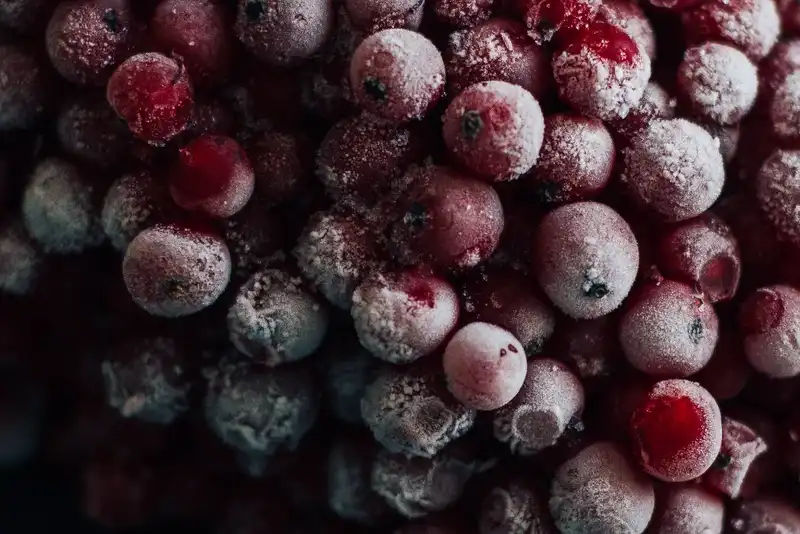
Frozen foods, like meats and vegetables, are susceptible to bacterial growth if it is thawed at room temperature. This is because pathogens will form when internal temperatures reach 46F or above. Instead, frozen goods should be left in the refrigerator overnight to defrost. If necessary, frozen foods can also be thawed in the microwave.
Cut Up and Divide Foods
For larger portioned meals, like steak or chicken cutlets, it is best to cut them into small, equal pieces. This helps them reheat evenly and faster.
Separate Different Food Categories
If the meal consists of proteins, vegetables, and other sides, consider reheating them separately. Because these items have different densities, they may require more or less reheating time and temperatures. This will also prevent ingredients, like greens, from overcooking and losing its nutritional value.
Cooling and Reheating Food of Potentially Hazardous Foods
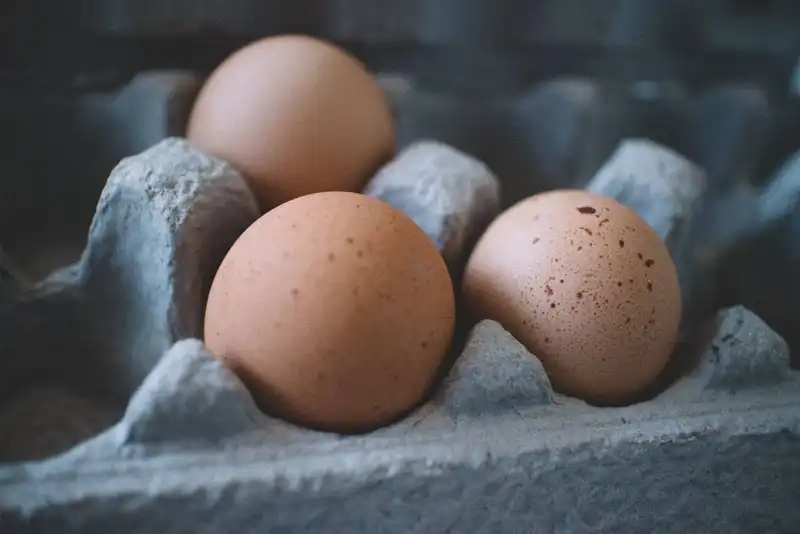
Potentially hazardous foods refer to foods that need proper time and temperature control for safe consumption. This includes raw and cooked meat, as well as dairy products, cut produce, seafood, and cooked rice. Also known as PHF, potentially hazardous foods also entail the following ingredients.
- Fish and shellfish
- Heat-treated vegetables and produce
- Processed fruits and vegetables
- Poultry
- Foods that contain egg
Cooling
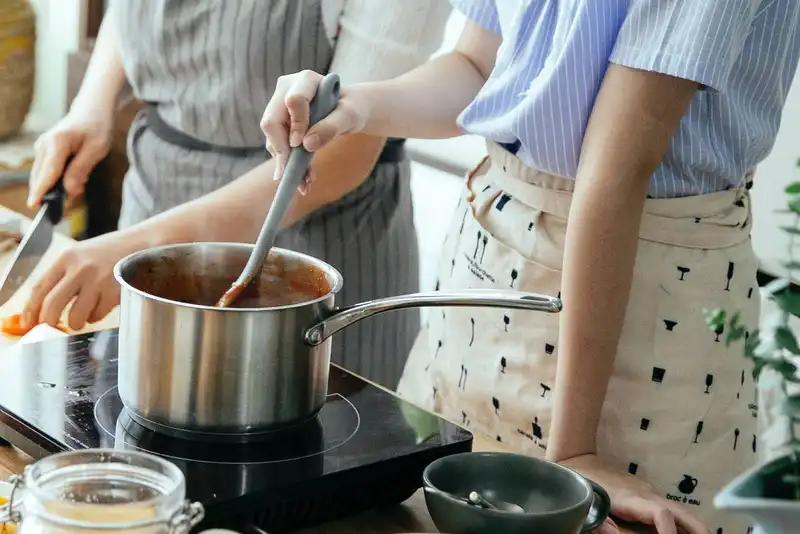
Food-poisoning germs tend to contaminate food when its temperatures are around 40F to 140F. Therefore, it is important to be proactive when cooling down foods. Some foods that restaurants should be vigilant in regards to cooling include stews, sauces, soups, turkey, and beef. Some ways to ensure proper and quick cooling include the following.
- Use an Ice Water Bath - Stirring soups and sauces while its container is in an ice water bath will help speed up the cooling time.
- Have Shallow Containers - Shallow pans and containers will make it easier for hot foods to cool down. Individuals should look for containers that are less than 4 inches deep.
- Employ Special Refrigerators - Some refrigerator appliances have advanced features, such as rapid chill units. These compartments are made to cool foods faster than traditional appliances.
- Cut Foods into Smaller Portions - Larger portions of meat should be cut down to allow for more air circulation.
Reheating
Reheating potentially hazardous foods requires effective temperature control practices as well. If these ingredients are not thoroughly reheated, consumers risk contracting foodborne illnesses. There are state and federal regulations regarding reheating food that people must follow to ensure food safety.
For example, New York has a State Sanitary code that requires PHFs to be reheated to 165F or above. Additionally, the dishes need to be kept at 140F or above until it is finally served.
To prevent having to reheat leftovers, restaurants should prepare meals close to serving time. It is also best to reduce cooking quantities to minimize leftovers.
Conclusion to Reheating Food Temperature
- Reheating food is the act of putting leftovers in the microwave or on a heat source to raise its internal temperature.
- Following proper reheating procedures will lessen the consumers' risk of contracting illnesses from foodborne pathogens. This is important for potentially hazardous foods, in which these ingredients are prone to bacterial growth if their temperatures are not effectively controlled.
- Some key techniques for reheating leftovers include separating ingredients and monitoring internal temperatures.
- It is also critical to follow cooling methods to ensure hot foods are properly chilled before it is stored and refrigerated. This will help prevent pathogens from populating on the foods as their temperature decreases.



